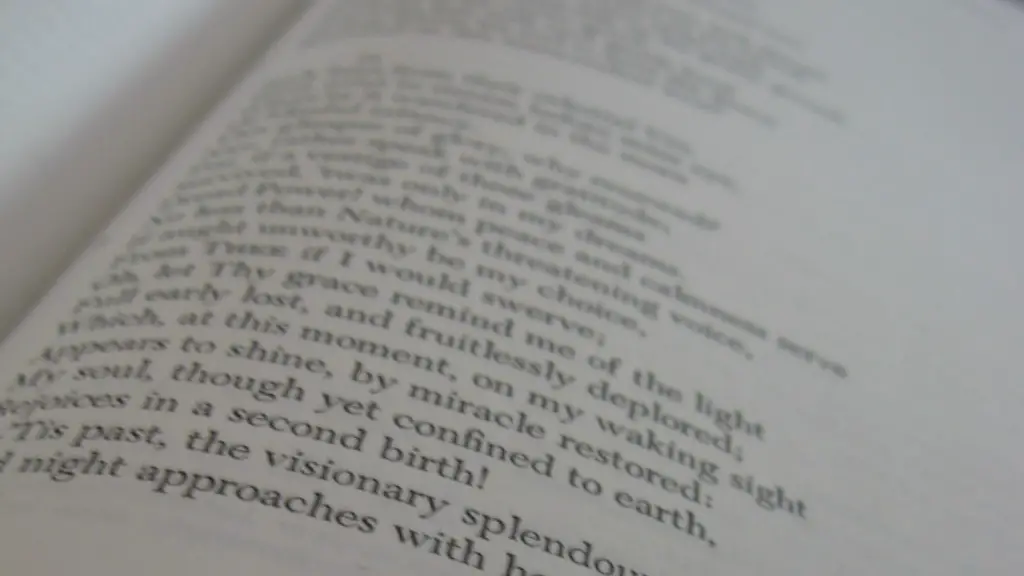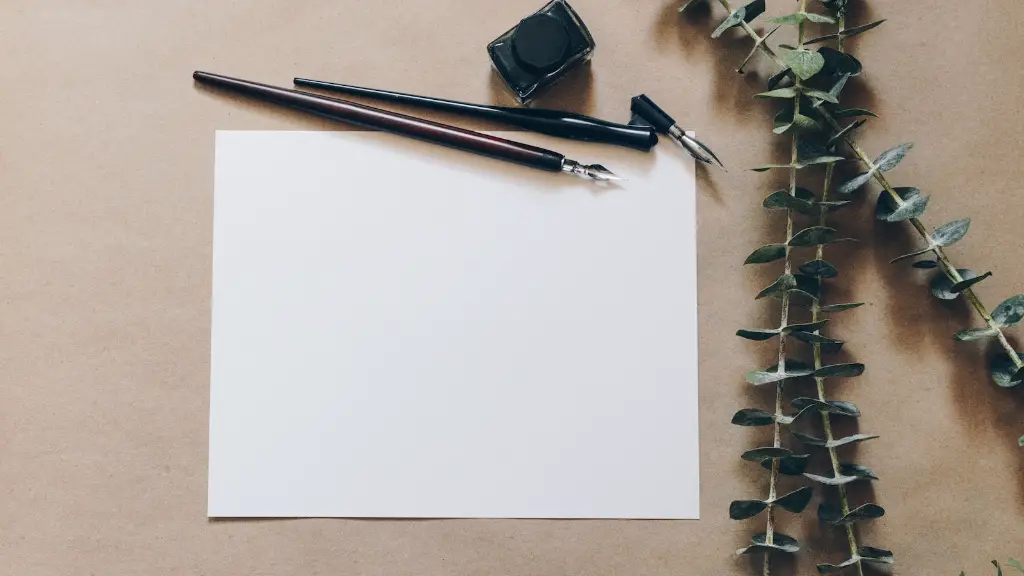The Basics of Poetry
Poetry is a literary art form that has existed for centuries, ever since the days of ancient civilizations. Its words and stories bring characters to life, and have been used to inspire, mourn, and entertain readers. Despite its importance, poetry is still often overlooked in the classroom. That’s why introducing a poetry lesson can be a great way to engage students and show them the beauty of poetic language.
Students may not have a lot of background knowledge on poetry, so they need to learn the fundamentals. To introduce a poem, it’s important to discuss basic concepts such as meter and rhythm, poetic devices such as imagery and metaphors, and literary elements such as literary devices and diction. Once students understand the basics, they can start to explore and analyze poems.
Finding Poems
One of the most important steps in teaching poetry is finding poems that are appropriate for the age and ability level of the class. Select poems with vivid imagery, interesting characters, and relatable themes. If possible, show the students different versions of popular poems. They can compare and contrast the different versions and discuss the differences between them.
Introduce the class to a range of poets from a variety of periods. It’s important to show students that not all poets are alike and that there are a variety of techniques and styles in poetry. Invite students to read poems to the class, encouraging them to use stage dynamics and expression to bring the poem to life. Try to remain nonjudgmental when sharing poems, as poetry is a subjective art form.
Discussing Poetry
When discussing poetry, it’s important to remember that the goal is not to come to a one-size-fits-all solution. The point of the discussion is to help students learn how to think critically about literature. Encourage students to explore their own interpretations and perspectives when reading poetry.
Start with basic questions such as the main theme, the different characters, and the setting. Then, move on to more challenging questions about poetic devices, imagery, and symbolism. If time allows, have students engage in group activities such as reading aloud and writing their own poems.
Writing Poetry
Writing poetry is a great way to expand on what students have learned. Encourage them to express their thoughts and feelings, particularly those they may not feel comfortable talking about in class. It’s also important to talk about how to structure a poem and how to use the right meter, rhyme, and other poetic devices.
When they are finished, talk about what they wrote and how they can improve their work. Then, share their work with the rest of the class and give feedback.
Poetry Projects
As an alternative to traditional essays and tests, get students to explore poetry by creating their own projects. They can use the poems they studied in class to develop a project, and use their creativity to come up with something unique. Projects could include creating a musical score for a poem, creating a picture book, or collaborating on a poem with their peers.
Incorporating Technology
For students who may not be interested in traditional poetry activities, why not incorporate technology into the lesson? There are plenty of online resources and apps that students can use to explore poetry, such as poetic dictionaries and websites that provide poems for reading. There are also apps available for writing and recording poetry for those who may be more inclined towards creativity and multimedia.
Making Poetry Accessible
Finally, make sure that all students, regardless of ability or experience, are able to understand and appreciate poetry. Offer extra help and support to those who need it, and give them opportunities to express themselves. Make sure to provide a wide variety of poems that they are likely to relate to and give them the chance to explore their own ideas on the subject.
Promote Expression
When discussing poetry, give students the freedom to express their thoughts and feelings. Talk about how the poem made them feel, what the poem means to them, and the ways in which it relates to their own experiences. Ask them to think about the story and consider why the author may have chosen certain words and devices.
Conclusion
Poetry can be a great way to introduce students to new perspectives and help them think critically about literature. With the right selection of poems and activities, students can gain a deeper appreciation for the art and develop an understanding of poetic devices and techniques. Incorporating technology, projects, and thoughtful discussion can help students to explore literature and find the beauty in it.


